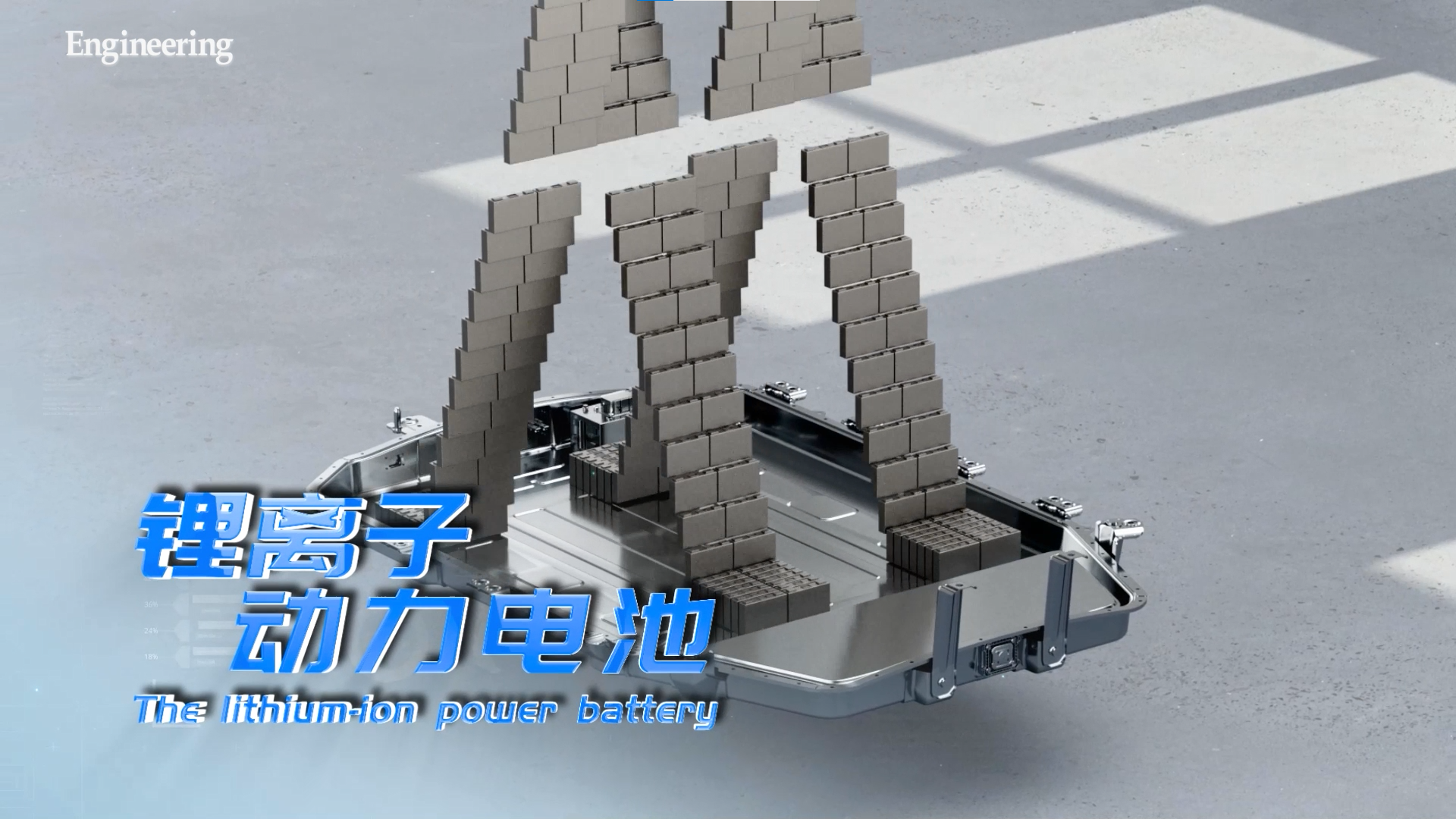Search scope:
排序: Display mode:
Frontiers in Energy 2023, Volume 17, Issue 5, Pages 569-584 doi: 10.1007/s11708-023-0875-7
Keywords: lithium (Li)-ion battery (LIB) Li metal battery three-dimensional (3D) composite Li metal anode mechanical
Frontiers of Chemical Science and Engineering 2022, Volume 16, Issue 5, Pages 755-763 doi: 10.1007/s11705-022-2137-3
Keywords: forward osmosis lithium-ion battery draw solution lithium-containing wastewater water treatment
Lithium-ion modified cellulose as a water-soluble binder for Li-O battery
Frontiers in Energy 2022, Volume 16, Issue 3, Pages 502-508 doi: 10.1007/s11708-021-0750-3
Keywords: cellulose binder specific capacity cyclabi- lity lithium-oxygen batteries
Modeling and optimization of an enhanced battery thermal management system in electric vehicles
Mao LI, Yuanzhi LIU, Xiaobang WANG, Jie ZHANG
Frontiers of Mechanical Engineering 2019, Volume 14, Issue 1, Pages 65-75 doi: 10.1007/s11465-018-0520-z
Keywords: thermal management electric vehicle lithium-ion battery temperature uniformity design optimization
Preparation of biomass-derived carbon loaded with MnO as lithium-ion battery anode for improving its
Frontiers of Chemical Science and Engineering 2023, Volume 18, Issue 1, doi: 10.1007/s11705-023-2376-y
Keywords: biomass-derived carbon MnO2 lithium-ion batteries anode material high reversible capacity
Linghui Yu, Jiansong Miao, Yi Jin, Jerry Y.S. Lin
Frontiers of Chemical Science and Engineering 2017, Volume 11, Issue 3, Pages 346-352 doi: 10.1007/s11705-017-1648-9
Keywords: lithium-ion battery battery safety composite separator porosity tortuosity
Frontiers in Energy doi: 10.1007/s11708-023-0891-7
Keywords: machine learning lithium-ion battery state of health neural network artificial intelligence
Frontiers of Chemical Science and Engineering 2023, Volume 17, Issue 9, Pages 1231-1243 doi: 10.1007/s11705-023-2306-z
Keywords: anthraquinone-based polyimide multi-effect tin dioxide reduced graphene oxide lithium-ion battery
Lithium Batteries for Electric Vehicles
Chen Liquan
Strategic Study of CAE 2002, Volume 4, Issue 11, Pages 32-36
Keywords: electric vehicle hybrid electric vehicle Li-ion battery battery materials
Jingning SHAN, Xiaofang YANG, Chao YAN, Yiguang JU, Lin CHEN, Fang ZHAO
Frontiers in Energy 2019, Volume 13, Issue 4, Pages 626-635 doi: 10.1007/s11708-019-0650-y
Keywords: lithium-ion battery Si anode Si-graphite composite single wall carbon nanotube (SWCNT) NCM811
Status and Future of the Electric Vehicles and Their Relevant Power Materials
Yang Yuchun
Strategic Study of CAE 2003, Volume 5, Issue 12, Pages 1-11
Keywords: electric vehicle (EV) nickel-metal hydride (Ni-MH) lithium ion battery (LIB) proton exchange membrane
Battery Safety: From Lithium-Ion to Solid-State Batteries
Xiqian Yu, Rusong Chen, Luyu Gan, Hong Li, Liquan Chen
Engineering 2023, Volume 21, Issue 2, Pages 9-14 doi: 10.1016/j.eng.2022.06.022
Preparation of lithium ion-sieve and utilizing in recovery of lithium from seawater
Lu WANG, Changgong MENG, Wei MA
Frontiers of Chemical Science and Engineering 2009, Volume 3, Issue 1, Pages 65-67 doi: 10.1007/s11705-009-0105-9
Keywords: lithium ion-sieve seawater spinel manganese oxide

Highly selective metal recovery from spent lithium-ion batteries through stoichiometric hydrogen ion
Weiguang Lv, Xiaohong Zheng, Li Li, Hongbin Cao, Yi Zhang, Renjie Chen, Hancheng Ou, Fei Kang, Zhi Sun
Frontiers of Chemical Science and Engineering 2021, Volume 15, Issue 5, Pages 1243-1256 doi: 10.1007/s11705-020-2029-3
Keywords: recycling spent LIBs selective recovery hydrothermal treatment
Title Author Date Type Operation
Three-dimensional composite Li metal anode by simple mechanical modification for high-energy batteries
Journal Article
Lithium-based draw solute for forward osmosis to treat wastewater discharged from lithium-ion battery
Journal Article
Modeling and optimization of an enhanced battery thermal management system in electric vehicles
Mao LI, Yuanzhi LIU, Xiaobang WANG, Jie ZHANG
Journal Article
Preparation of biomass-derived carbon loaded with MnO as lithium-ion battery anode for improving its
Journal Article
A comparative study on polypropylene separators coated with different inorganic materials for lithium-ion
Linghui Yu, Jiansong Miao, Yi Jin, Jerry Y.S. Lin
Journal Article
Machine learning and neural network supported state of health simulation and forecasting model for lithium-ionbattery
Journal Article
anthraquinone-based polyimide enclosed SnO/reduced graphene oxide composite as high-performance anode for lithium-ionbattery
Journal Article
Promoting Si-graphite composite anodes with SWCNT additives for half and NCM811 full lithium ion batteries
Jingning SHAN, Xiaofang YANG, Chao YAN, Yiguang JU, Lin CHEN, Fang ZHAO
Journal Article
Status and Future of the Electric Vehicles and Their Relevant Power Materials
Yang Yuchun
Journal Article
Battery Safety: From Lithium-Ion to Solid-State Batteries
Xiqian Yu, Rusong Chen, Luyu Gan, Hong Li, Liquan Chen
Journal Article
Preparation of lithium ion-sieve and utilizing in recovery of lithium from seawater
Lu WANG, Changgong MENG, Wei MA
Journal Article
The lithium-ion power battery
20 Dec 2023
Conference Videos








